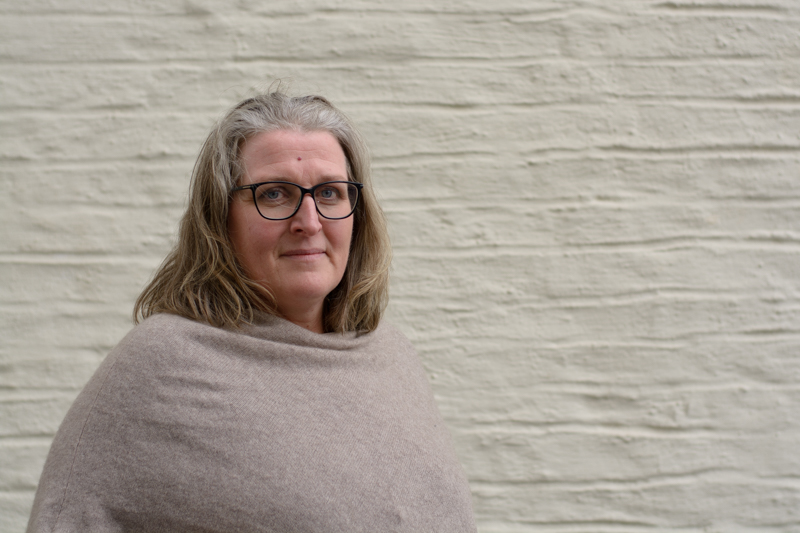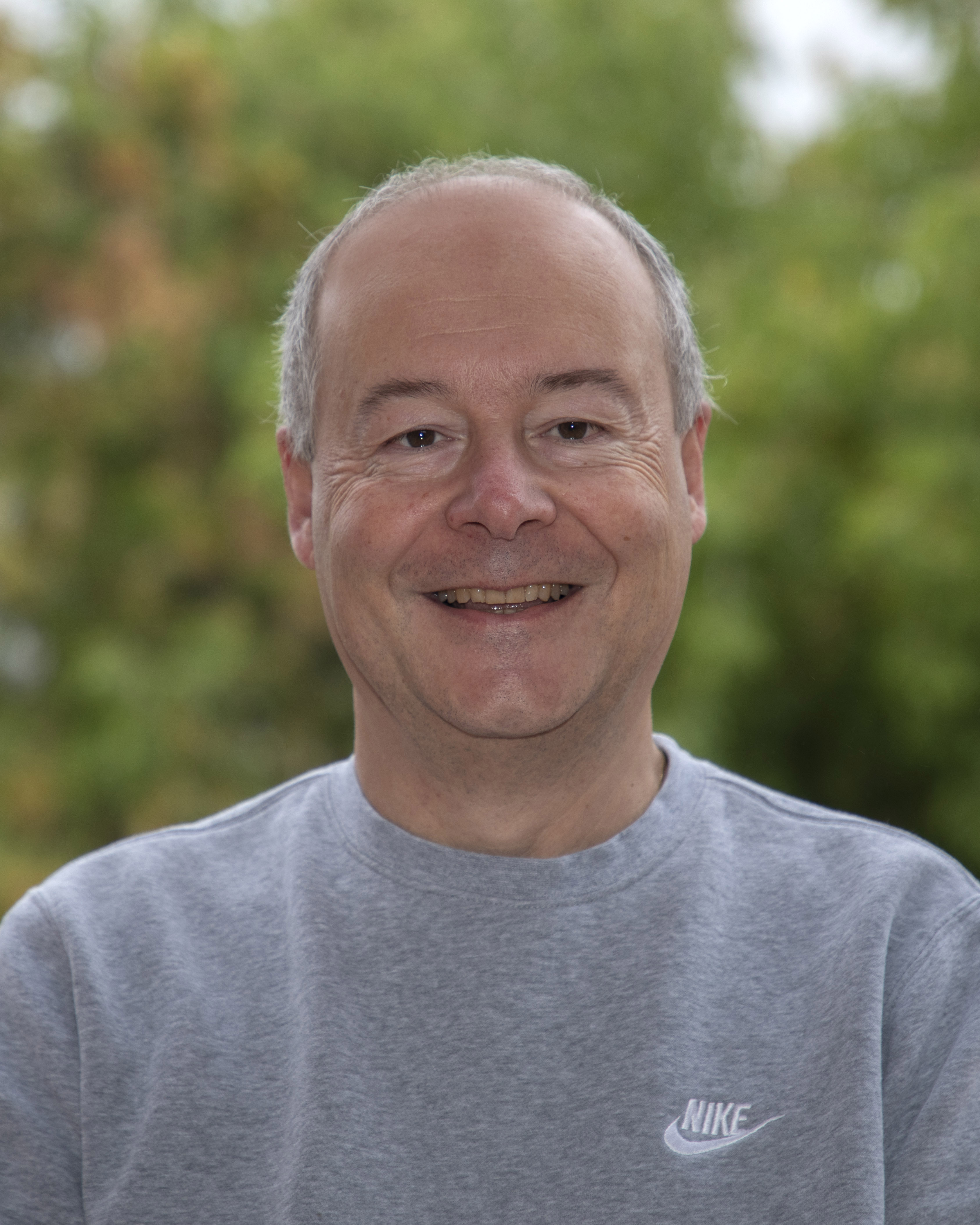18 April 2023, 16:00 – 17:30 CEST, online
Recording: https://lecture2go.uni-hamburg.de/l2go/-/get/v/65931
Carbon and nutrient transports in the subtropics
Elaine McDonagh (NORCE, Norway)
Elaine McDonagh is a Research Professor at the Norwegian Research Institute, NORCE, and part of the Bjerknes Centre for Climate Research in Bergen, Norway. Prior to moving to Bergen in 2019 she was in the Marine Physics and Climate Group at the National Oceanography Centre, UK, for 19 years, where she continues to have a position. Her undergraduate degree in Environmental Sciences and PhD were completed at the University of East Anglia. Her research interests are in the oceans´ role in climate, particularly how the ocean takes up heat, freshwater and carbon and the interaction with ocean circulation and water masses. She coordinates the Horizons Europe project EuroGO-SHIP and co-chairs the International GO-SHIP programme that makes the observations on which her research is based.
Abstract
As a result of the AMOC the North Atlantic absorbs a disproportionately large amount of carbon for its area. Using observations from RAPID-MOCHA, Argo and GO-SHIP at 26N we reconstruct time series of anthropogenic carbon and inorganic nutrient transports into the North Atlantic. On average half of the anthropogenic carbon that is accumulating in the North Atlantic is transported into the region across 26N, the remainder comes from local air-sea fluxes. While most of the variance in the northward anthropogenic carbon transport can be described by variability in the strength of the AMOC there is a significant contribution form the increasing anthropogenic carbon concentrations, preferentially accumulating in the near-surface. The persistently southward nutrient transports across 26N exceed external nutrient sources and thus in themselves indicate non steady-state behaviour. In addition increasing remineralised:preformed nutrient ratios at 26N indicate further non steady-state behaviour and regionally increasing biological carbon pump efficiency consistent with a transient response to circulation changes.
Slides: https://doi.org/10.5281/zenodo.7845013
Comparing Simulated and Observed AMOC Transport Estimates
Gokhan Danabasoglu (NCAR, USA)

Gokhan Danabasoglu is a Senior Scientist and the Chief Scientist for the Community Earth System Model (CESM) at the National Center for Atmospheric Research. His research interests include understanding the role of the oceans in the Earth’s climate system; computational modeling of the oceans; and investigations of mechanisms, prediction, and impacts of inter-annual to decadal time scale Earth system / climate variability, particularly associated with the North Atlantic and the Atlantic meridional overturning circulation (AMOC).
Abstract
Joint and consistent analysis of model simulations and observations of the Atlantic Meridional Overturning Circulation (AMOC) is important to advance our understanding of its trends, variability, and mechanisms as well as its latitudinal coherency. It is important that such model – observations comparisons use the same or as-close-as-practically-possible methods as applied in observations to provide apples-to-apples comparisons. Considering the Meridional Overturning Variability Experiment (MOVE) array at 16°N, the RAPID Array at 26.5°N, the South Atlantic MOC Basin-wide Array (SAMBA) at 34.5°S, and the Overturning in the Subpolar North Atlantic Program (OSNAP) array at 57°N, we revisit the underlying assumptions used to calculate their respective transports in comparison to transports from an eddying ocean hindcast simulation where transports obtained using the same observational methods can be directly compared against model truth. Our analysis reveals significant sensitivity of simulated and observed transports and their variability and trends to various reference level assumptions. Indeed, given i) the short observational records, ii) strong dependencies of transport estimates to their barotropic / compensating components, and iii) the presence of large interannual-to-decadal timescale variability, whether AMOC has been declining or not during the last couple of decades cannot be meaningfully determined. In general, simulated variability is weaker than in observations, particularly for the 9-site SAMBA estimate. We show reasons for these differences, considering contributions of transport components and the underlying transport assumptions associated with the observational methods. We also discuss complementarity of depth- and density-space AMOC depictions.
Slides: https://doi.org/10.5281/zenodo.7845078
Organizers
The webinar series is coordinated by the CLIVAR AMOC Task Team in collaboration with EPOC.
The webinars are hosted by the Universität Hamburg.
AMOC Webinar Series
This webinar is part of a series of AMOC webinars leading up to the Workshop on Meeting AMOC Observation Needs in a Changing Climate.

